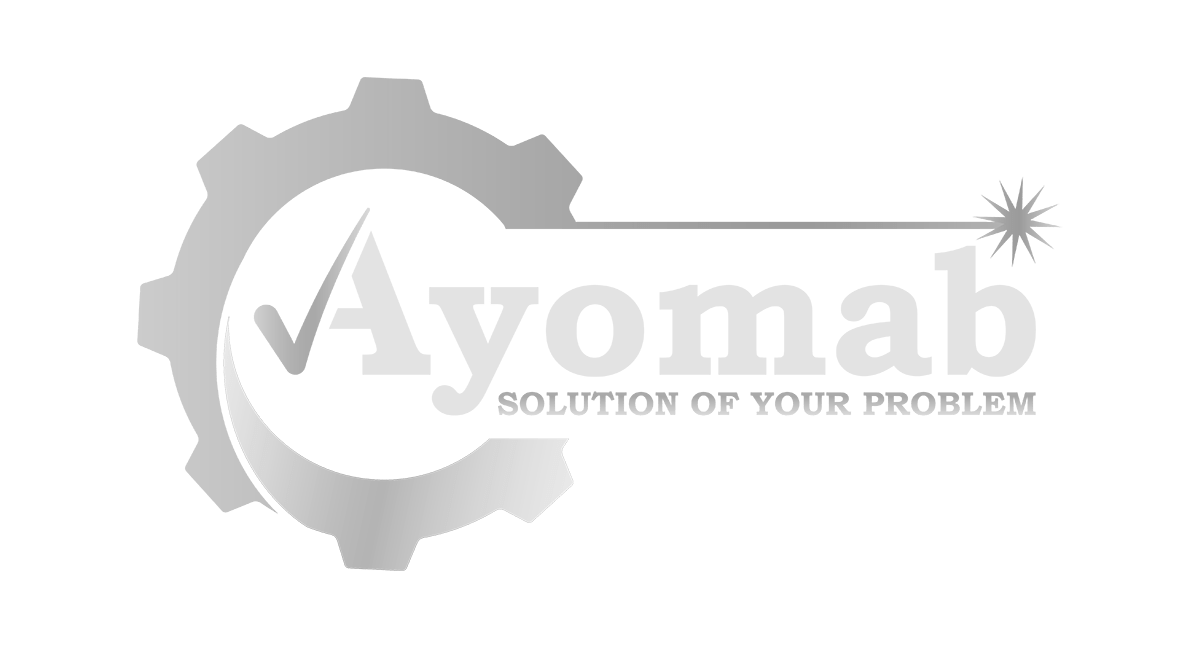How does Quality control improve the effectiveness of the Product during Manufacturing?
Quality control is the process of manufacturing a product to maintain and improve the quality and efficiency of the product. Basically, it aims to achieve customer satisfaction. During manufacturing three types of products are formed. The products are repairable, nonrepairable, and standard products. No repairable products become scrap, which is a significant loss for a factory. In the case of a repairable product to fix the mistakes and improve the quality, some methods like quality control and inspection by checking, measuring, and testing the performance of the product. This is done to meet the standard requirements of the product. The mistakes are fixed by approaches in the quality like Correction as the repairing phase, Corrective Action to find the root cause of the problem and fix it accordingly, or Preventive Action such as fixing systems and processes.
To check the effectiveness of a product a process of measuring, examining, or comparing a product inspection method is applied based on its purpose. It may be visual, by measuring tools, by using inspection jigs, or by fitting in CBU.
During manufacturing identify the problem and its solution based on the type of product inspection i.e., final inspection, in process, Incoming, source, or delivery inspection Five Principle 5P tools is used:
- Investigating and comprehending the facts i.e., understanding the facts based on 3a, Review the facts by 5W2H. Classify information on the basis of 5-M
- Identification of causes, and reason for something happening (why-why analysis)
- Appropriate Measures
- Verification of effects of measures
- Feedback to upstream sources
Systematically, Quality Control is implemented by PDCA (Management Cycle) through which organizations may achieve small improvements. Plan Do Check Action. Some other inspection steps and Quality Control tools are used to improve the effectiveness of products such as
- Inspection standard begins with the establishment of clear standards of performance.
- Inspection and testing to compare the performance of the actual product with our desired product.
- Analysis and corrective action are done for the analysis of the product to eliminate the deficiencies.
- Feedback Loop and preventive actions are taken to fix the system, process mistakes, and make future decisions based on customers’ positive or negative feedback about the product.
Quality tools help collect, analyze, identify root cause problems, and fix them. Seven QC tools are Check sheet, Pareto Diagram, Scatter Diagram, Cause and Effect Diagram, Histogram, Control Charts/ Graphs, and Stratification.


